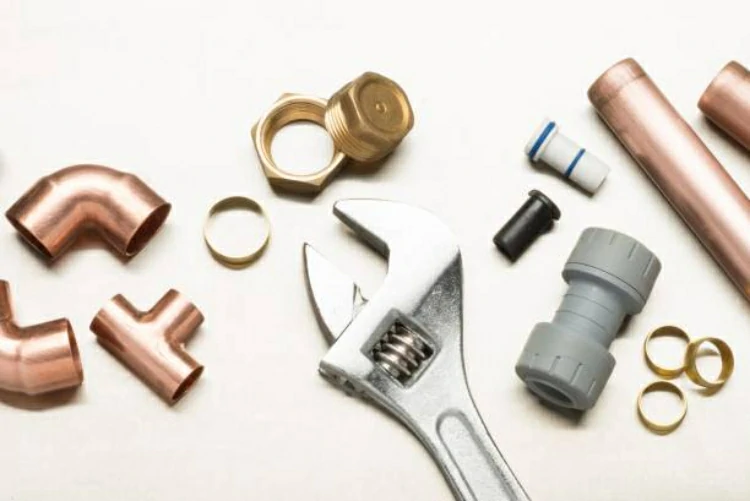Introduction
Brass fittings are renowned for their exceptional resistance to corrosion, making them a preferred choice for various plumbing and industrial applications. Understanding the factors that contribute to their corrosion resistance is essential for ensuring the durability and reliability of brass fittings in different environments. Let’s explore the corrosion resistance of brass fitting and the factors that influence their performance.
1. Composition and Alloying Elements
Copper-Zinc Alloy
Brass fittings are primarily composed of copper and zinc, forming a sturdy alloy known for its corrosion resistance properties. The precise ratio of copper to zinc in the alloy influences the overall corrosion resistance of brass fittings, with higher copper content generally enhancing resistance to corrosion.
Addition of Other Elements
In addition to copper and zinc, brass fittings may contain other alloying elements such as tin, aluminum, or nickel to further improve corrosion resistance. These elements help enhance the protective oxide layer on the surface of the brass, preventing the penetration of corrosive agents and inhibiting oxidation.
2. Protective Oxide Layer
Natural Patina Formation
When exposed to air and moisture, brass fitting develop a natural patina or oxide layer on their surface. This layer acts as a protective barrier, inhibiting further corrosion and preserving the integrity of the brass material underneath. Regular exposure to air helps maintain and strengthen the protective oxide layer over time.
Self-Healing Properties
The protective oxide layer on brass fittings exhibits self-healing properties, allowing minor scratches or abrasions to repair themselves over time. This self-healing mechanism helps mitigate the effects of surface damage and maintains the corrosion resistance of brass fittings in various operating conditions.
3. Environmental Factors
pH Levels and Chemical Exposure
The pH levels of the surrounding environment and exposure to corrosive chemicals can significantly impact the corrosion resistance of brass fittings. Neutral or slightly alkaline pH environments are generally more favorable for brass fitting, while acidic or highly alkaline solutions may accelerate corrosion.
Moisture and Humidity
High levels of moisture and humidity can promote corrosion by accelerating the oxidation process on the surface of brass fittings. Proper ventilation and drainage systems can help mitigate the effects of moisture buildup and reduce the risk of corrosion in humid environments.
Conclusion
Brass fittings show outstanding corrosion resistance thanks to their composition and protective oxide layer. Users can ensure their longevity and reliability by understanding these factors. Whether in plumbing, industry, or marine settings, brass fitting maintain durability and performance against corrosion. Implementing proper maintenance and considering environmental factors can maximize their resistance and prolong their lifespan.
Contact
IFANPLUS is a specialized product series launched by IFAN, primarily covering plastic pipes, fittings, and various types of valves. We offer PPR and PVC pipes in German and American standards, ensuring the high quality and reliability of our products. IFANPLUS valve products include a variety of valves, from PPR valves to other diverse copper valves, catering to your specific requirements. Whatever product you need, IFANPLUS will be your reliable partner. Here is our contact information.
We will reply your email or fax within 24 hours.
You can call us at any time if there is any question on our production.
For more information,pls visit our webside https://www.ifanplus.com/
Pls Mailto: [email protected]






